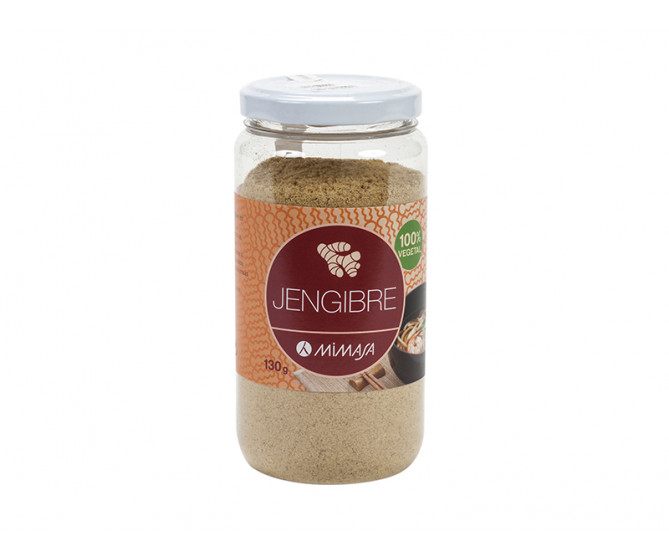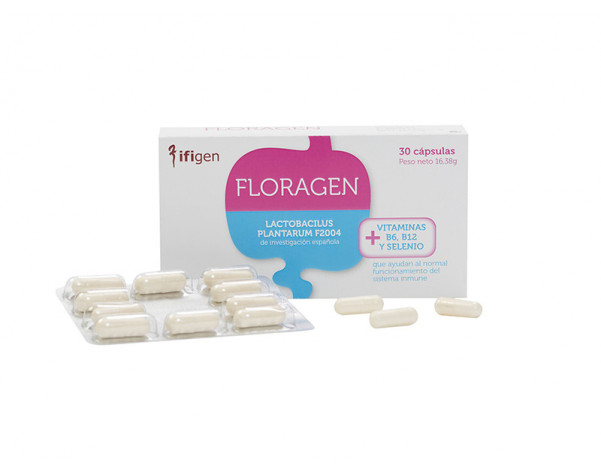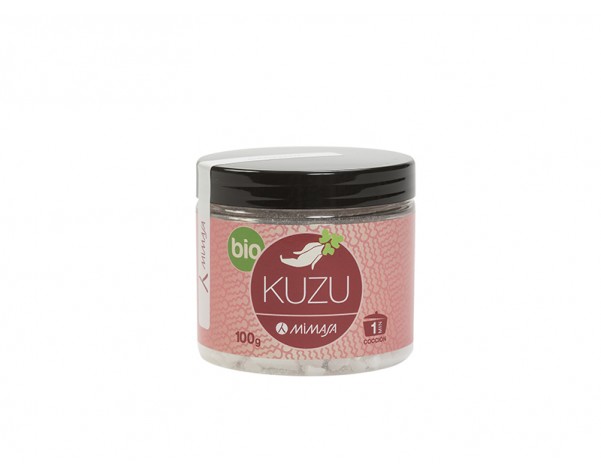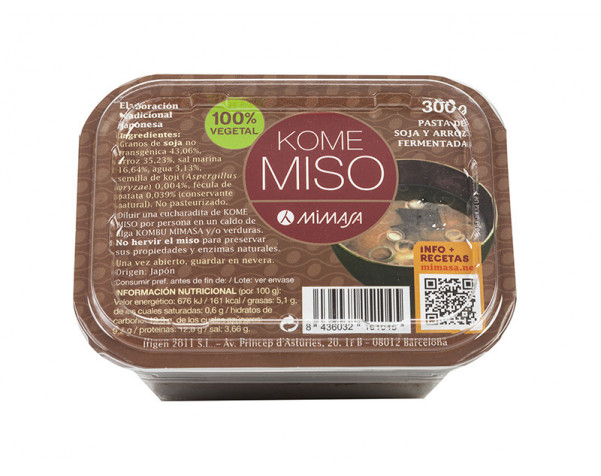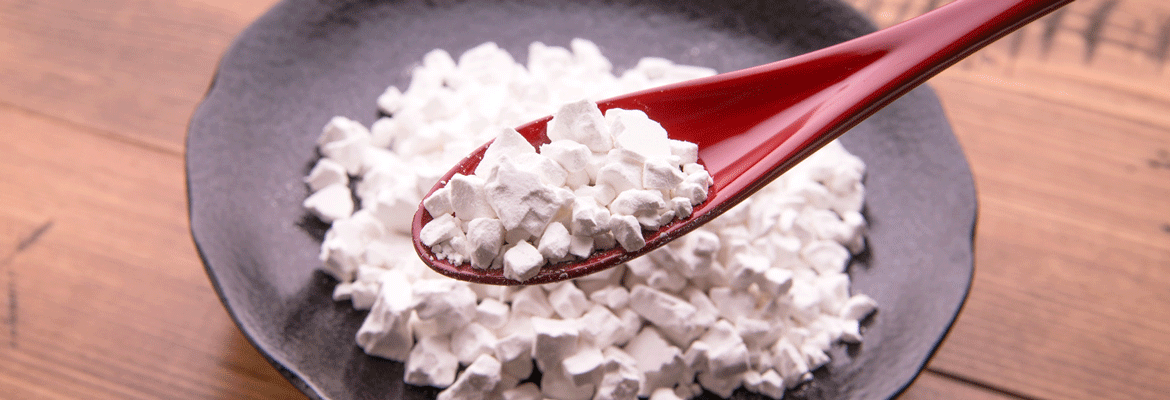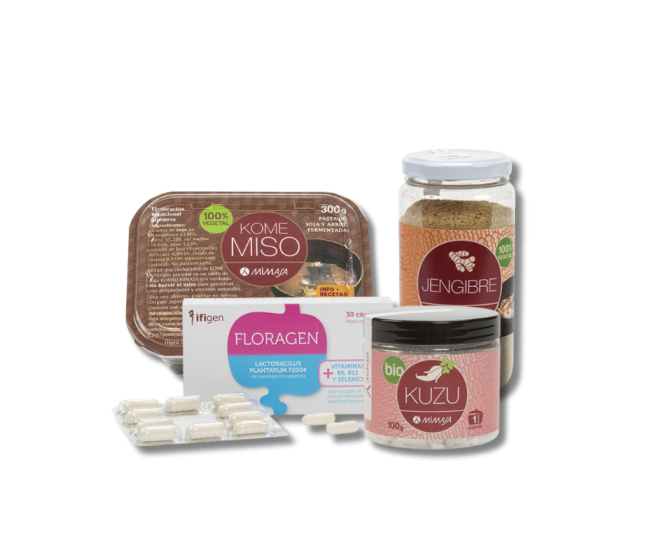Pack Digestivo
One of product is no longer available. This pack cant be purchased
Pack content
Whether in the form of food seasoning or applied directly as a natural remedy, ginger has many beneficial properties.

MIMASA ginger is made from ginger root powder. In addition to being used as a culinary condiment, it can be used in hot compresses as a decongestant for painful or mucus-saturated areas.
It is recommended to use MIMASA ginger as a condiment in food, since, like other species, it provides beneficial energy to the respiratory zones.It is enough to sprinkle it in minimal quantities in the preparation of miso soup, whose yang will be quickly dispersed throughout the body, especially in cold weather.
Data sheet
- Energy-kJ
- 1456
- Energy (kcal)
- 347
- Fat (g)
- 5,95
- - Saturated (g)
- 1,94
- Carbohydrate (g)
- 70
- - Sugars (g)
- 17,5
- Protein (g)
- 9,1
- Salt
- 0,03
Jar with 30 capsules
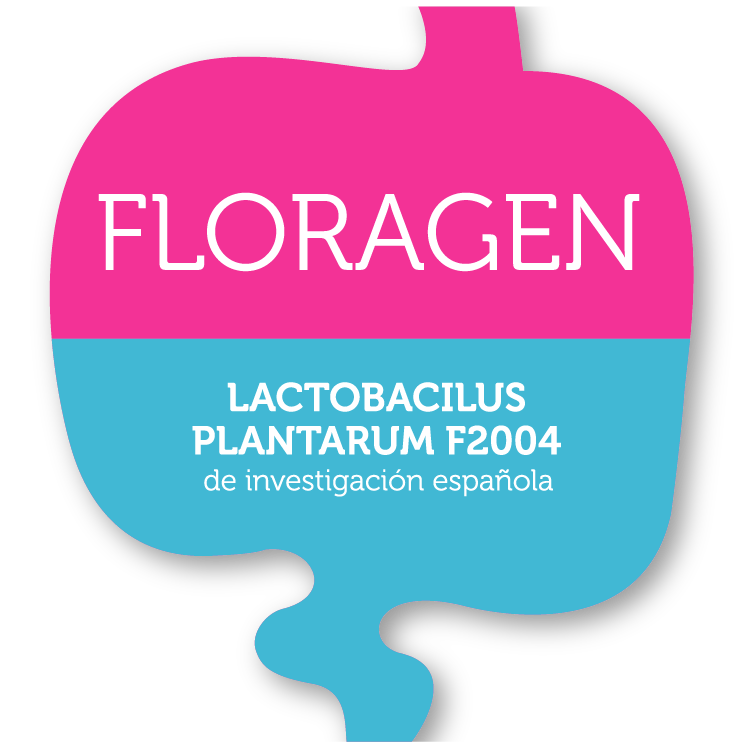 Probiotic, inflammation and immunity
Probiotic, inflammation and immunity
PROBIOTIC
LACTOBACILLUS PLANTARUM F2004
Probiotic, from Spanish research
Minimum 200 mg, equivalent to 1.0 x 1011 CFU
(Colony Forming Units)
The F2004 strain is a probiotic with a specific functional effect: maintaining good digestive health, the balance of the intestinal microbiota and the normal functioning of the immune system.
Vitamins B6, B12 and selenium
Vitamin B6 0.21 mg (15% NRV)
Vitamin B12 0.375 μg (15% NRV)
Selenium 18 μg (33% NRV)
Vitamins B6 and B12 and selenium contribute to the normal functioning of the immune system 1,2,3, according to the EFSA.

WHY SHOULD WE TAKE FLORAGEN?
- To help repopulate the flora of the large and small intestine.
- To improve our immunity.
- To diminish inflammation.
- To combats potentially pathogenic bacteria.
Its main characteristics are:
- It is able to survive in simulated conditions of the gastrointestinal tract (pH, enzymes, bile salts).
- It adheres strongly to the intestinal mucus and the small intestine.
- Inhibits the growth of potentially pathogenic bacteria.
- Has QPS Status (Quality Presumption of Safety) and is totally safe.
- Strain F2004 is lyophilized, and once ingested it is activated.
- The F2004 strain induces the formation of IL10, which is produced mainly by monocytes, and to a lesser extent by Th2 and Tregs.
- Its resistance to the following antibiotics has been proven: Ampicillin, Gentamicin, Kanamycin, Streptomycin, Neomycin,Erythromycin, Clindamycin, Tetracycline, Chloramphenicol.
This root has traditionally been used to combat fever, intestinal disorders, fatigue and weakness in general.
The quality of MIMASA
It is very important that the quality and purity of the kuzu be assured, compared to modern imitations based on arrowroot flour, sweet potato, corn, etc., which are cheaper but do not produce the effects of the genuine product. On the other hand, MIMASA's kuzu offers a complete guarantee, without mixtures of any kind, so its effects are guaranteed.

MIMASA's organic kuzu comes from Kagoshima Prefecture, on the island of Kyushu, where it has been cultivated for more than 100 years and 90% of Japanese kuzu is currently produced. MIMASA kuzu is prepared from roots between 5 and 10 years old and weighing about 10 kg. These characteristics are optimal for the production of the best quality.
Data sheet
- Energy-kJ
- 1433
- Energy (kcal)
- 337
- Fat (g)
- 0,0
- Carbohydrate (g)
- 84,1
- - Sugars (g)
- 0,0
- Protein (g)
- 0,0
- Salt
- 0,04
Miso with white rice provides all the properties of soybeans and is the sweetest of the existing ones.
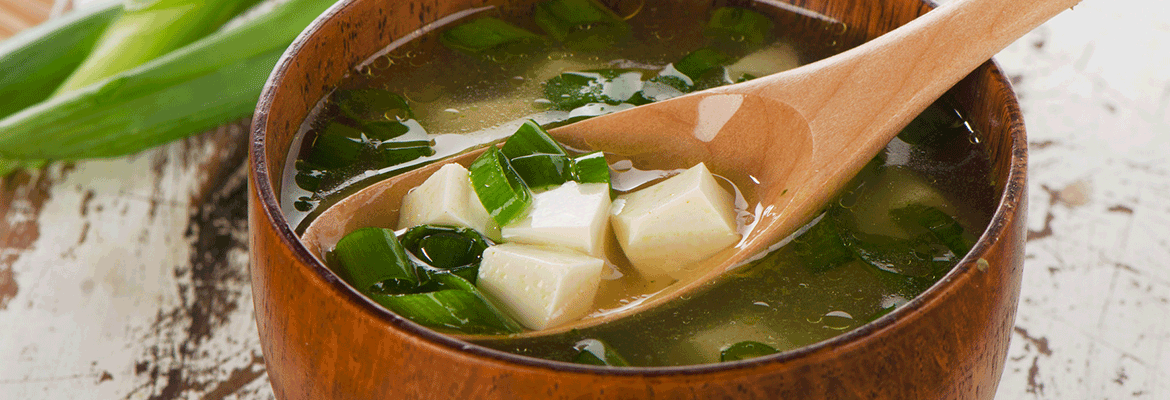
This type of miso was reserved for the Japanese aristocracy and samurais, since white rice was the food of the upper classes. But for about a hundred years, it has become the most widely consumed type in Japan. It has a pleasant sweet taste. 80% of kome miso is made in northern Japan and the most common is salty. But it is also possible to find sweet miso, prepared without salt.
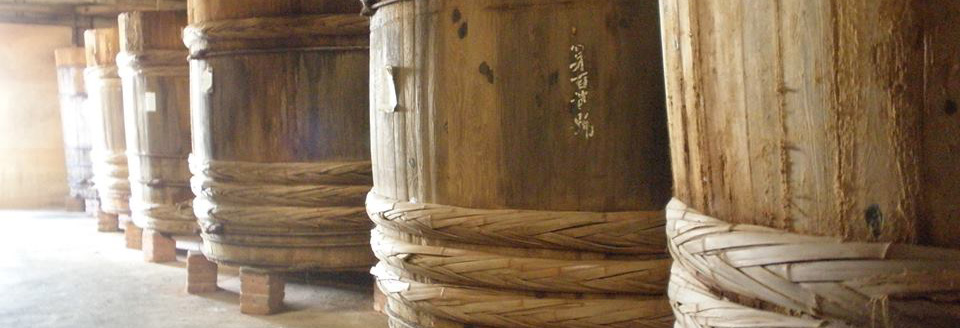
Data sheet
- Energy-kJ
- 677
- Energy (kcal)
- 162
- Fat (g)
- 5,1
- - Saturated (g)
- 0,6
- Carbohydrate (g)
- 12.9
- - Sugars (g)
- 9,2
- Protein (g)
- 12,8
- Fibre (g)
- 6,4
- Sodium (g)
- 3,66
- Salt
- 9.17



